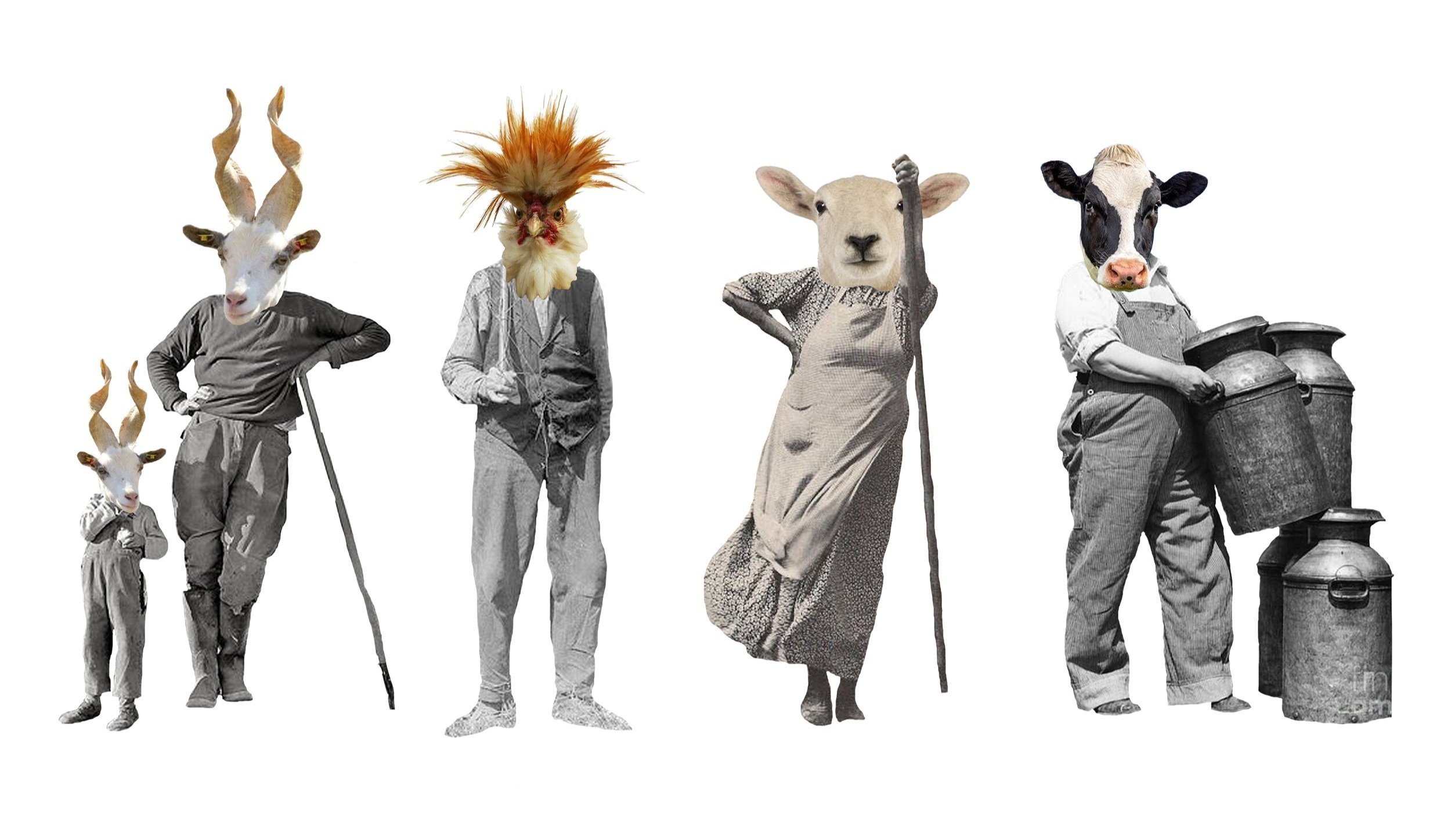Approach
Integrating productive landscapes with new neighbourhoods:
Food growing opportunities, productive landscapes and associated enterprises are integrated into the new neighbourhoods, fitting to the physical context of the drumlin landscape. Green infrastructure makes up approximately 69% of the land and approximately 70% of that green infrastructure is productive. People, industry, food production and nature work as a balanced system through a varied and smaller scale mosaic of land uses, including regenerative farming, agroforestry, open space for leisure, a network of green routes for walking and cycling, and areas left untouched for rewilding. The productive plots of land have been placed with consideration of the best soils, aspect, and topography, as well as where would be the most compatible with jobs, access, and appropriate distances, much of which has been informed by consultation with local farmers who know the land intimately.
Measuring success
A collaboration with Lancaster University is key to the measurement of success over the longer term - from EGA through to biodiversity, carbon, soil health, climate change resilience and the health and happiness of the community. Our work has led to a number of streams of research at the University, in particular the setting up of the “Soils in Planning and Construction task Force”. This critical analysis will provide both lessons learned to inform future phases of development, and rigorous data for policy and future developments nationwide.
Stewardship
The success of the place is dependent upon individuals understanding their role and contributions, and the greater benefits these unlock. The diversity of the community will be reflected in the different ways people wish to participate. For some, buying and enjoying local produce provides support for Bailrigg’s enterprises. For others, this is about a direct relationship with the land – working for a local food business such as a brewery or cheese maker, or undertaking traditional or modern land management (crops, forestry, livestock etc.). The community’s governance is also structured to support the distinct culture within the garden village.






